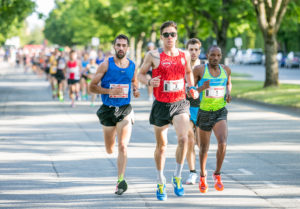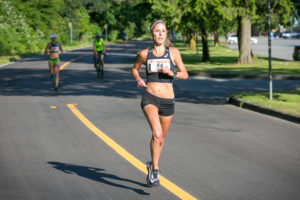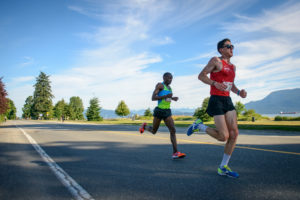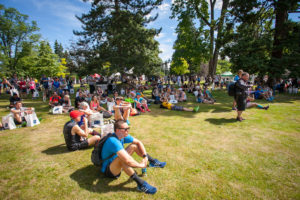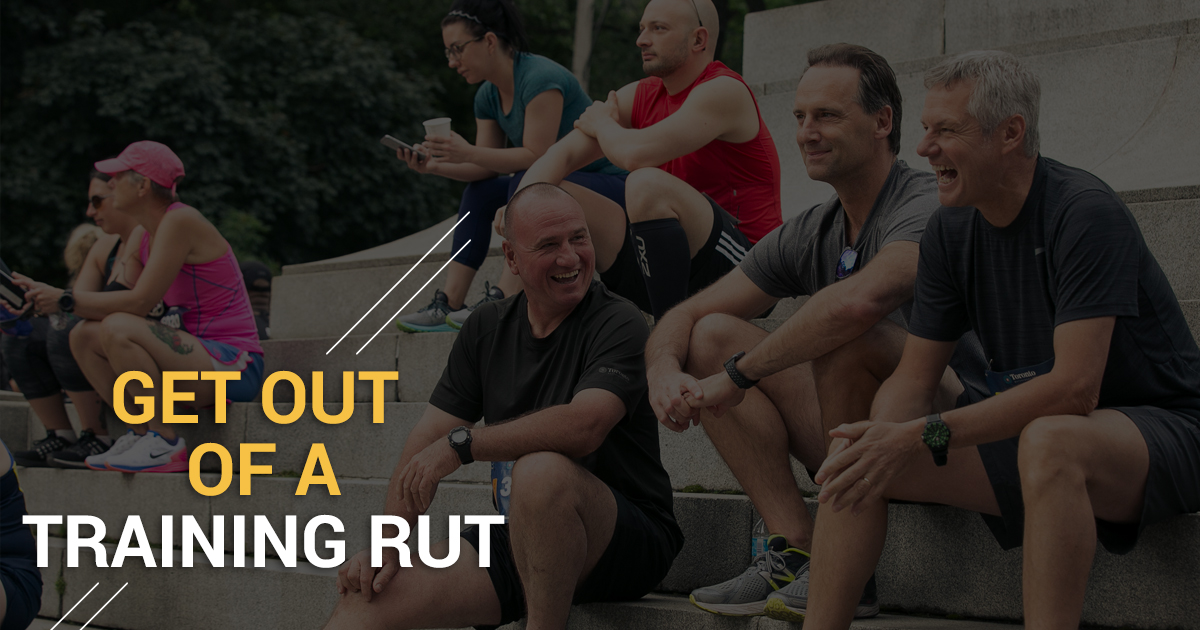
We all have time where the last thing we want to do is run or work out. These “slumps” are normal, and either come about due to boredom or fatigue. The repetition of tempos, long runs, and hill repeats can be enough to make you dread having to do another workout. If you’re stuck in a training rut, it might be time to try something new to reignite the fire. Switching up workout types, or who you’re running with, can be enough to motivate you again. Here are some ways to mix up the monotony of running:
Find a group
If you’re used to doing every workout or easy run on your own, it might be time to hop into a group environment. Casual chatter and comraderie can help ease the pain of a workout, or at least create enough distraction that the miles fly by. Most cities have a running group of some kind whether it’s a local running crew or a group out of a running store. Do a little bit of research and find one that’s convenient and works with your schedule.
Group fartlek
We’ve all heard of the fartlek workout, which is essentially just speed play. Paces and interval duration are varied to keep the workout fun. Another way of doing this workout is with a group of at least 5 people. In a single file line, the runner at the front sets the pace. Then, the runner at the end of the line must surge to the front of the pack to settle in as the new leader at their desired pace. The person at the rear can choose to surge whenever they choose which keeps the rest of the group on their toes. It’s a great way to challenge each other and do a speedy workout without too much thought.
Be a broken record
Repeats are a simple yet effective workout for any distance. The intensity and distance of the interval will determine the recovery. Long intervals or short intense bursts will require longer rest periods than moderate intensity repeats. The rest period should be longer enough that your heart rate settles and you’re able to talk. Aim to keep the intervals consistent; blowing it out of the water on the first rep will leave you gassed for the rest of the workout and won’t provide the most beneficial training effects.
Go up and down a ladder
Pyramid or ladder workouts are a fun mix up to interval training. Choose to do the intervals by distance or by duration. For example, a ladder workout on the track could look something like: 200m-400m-600m-800m-1000m-1000m-800m-600m-400m-200m. For recovery, match the hard interval distance and try to keep the paces consistent. Much like coming down a hill, climbing down the ladder will feel easier with decreasing interval distances! These workouts can be as long or as short as you wish, and can be done based on time so you don’t have to find a track.
Race!
A great way to get back into shape, or fuel the fire is to actually step onto the starting line again. Use the pre-race nerves and adrenaline to pump you up to run. The crowds of people will be great to push you, plus having a closed course with no traffic is ideal! Check out your local running scene for upcoming races and sign up. It could be enough to get booted out of a training rut.
Rest
If nothing seems to be working, it might be that you just need a couple days off of running. Many people forget the importance of rest and recovery. It’s just as important as running workouts! Take a few days to sleep in, try a new activity, catch up on some reading, or try a new recipe. Stepping away from a regimented training schedule for a short time won’t decrease your overall fitness. It could be actually be exactly what you need to get to the next level of fitness and boost your training.


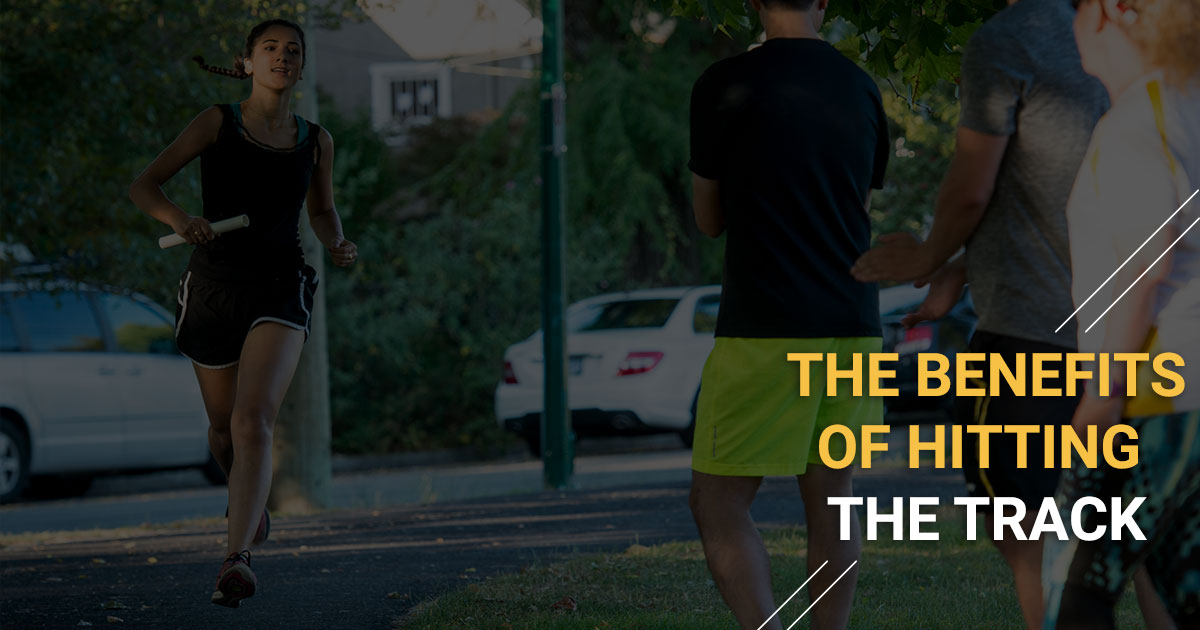
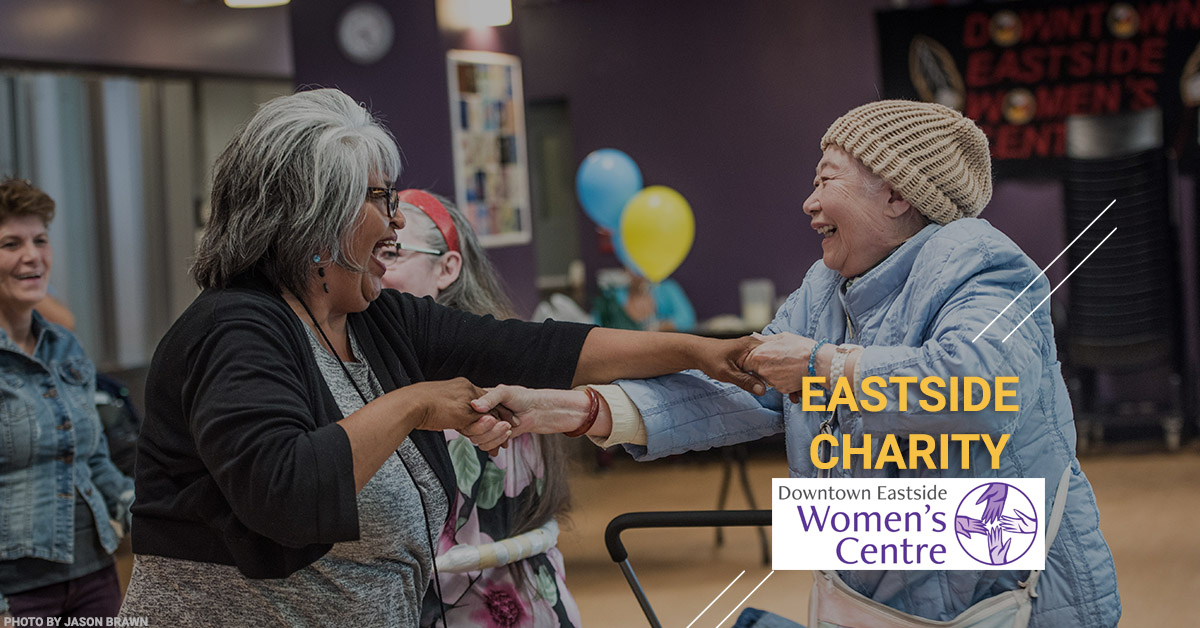

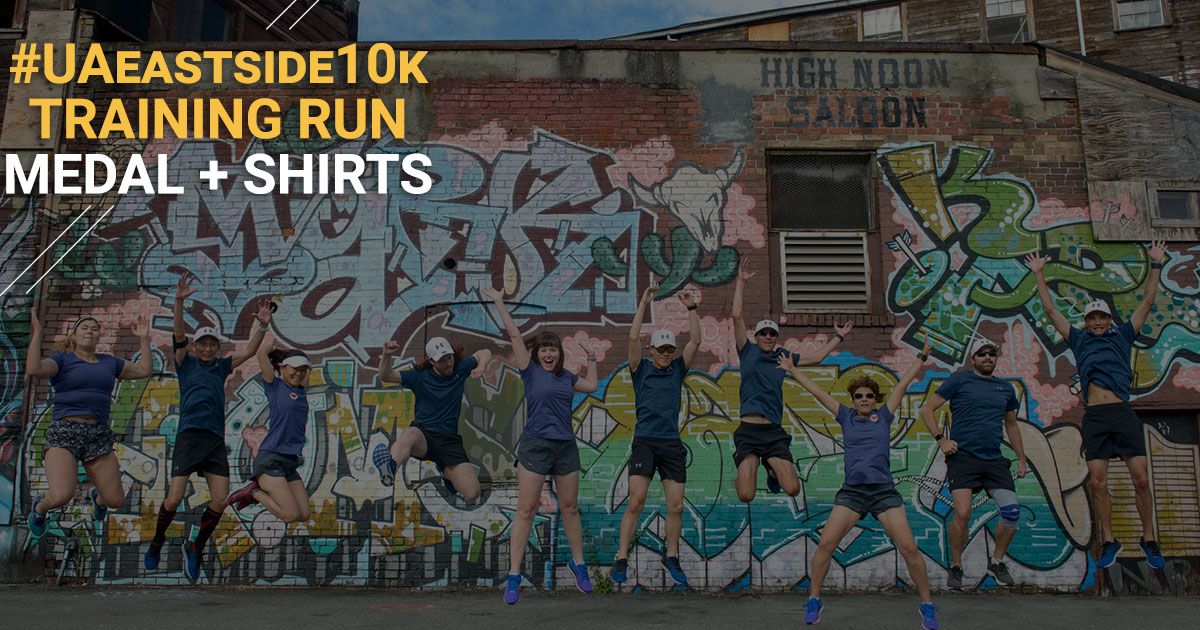
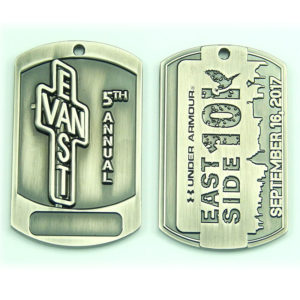
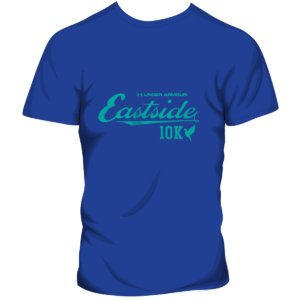
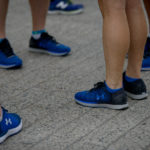
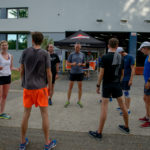


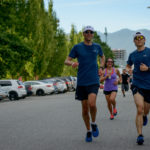
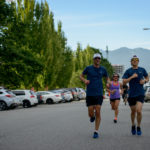
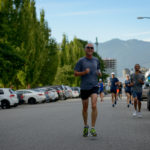
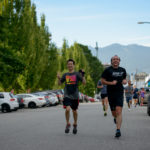
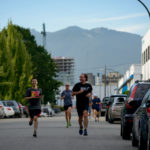
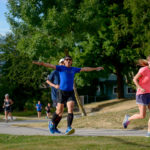
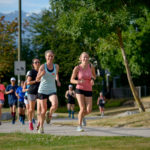
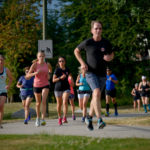
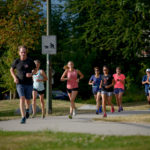
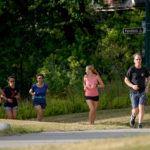
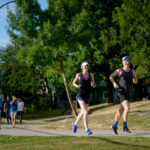
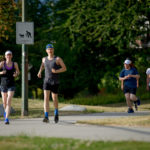
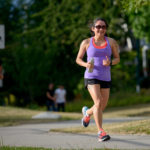
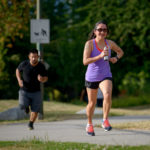
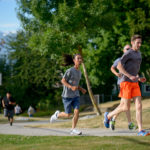
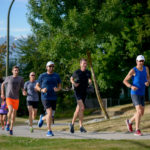
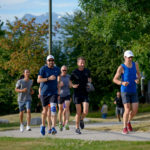
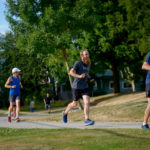
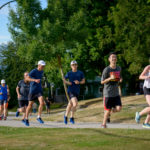
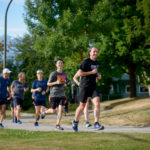
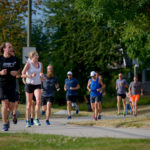
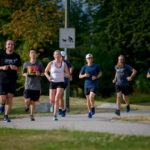
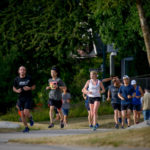



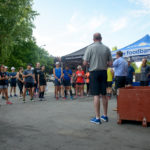


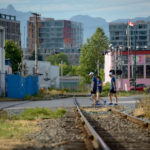


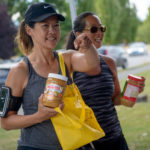
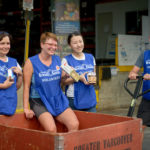
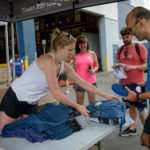
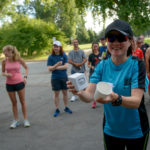
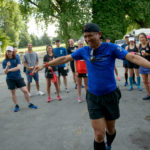
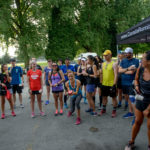
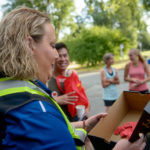
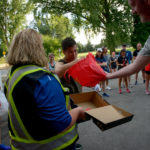
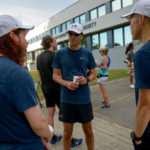


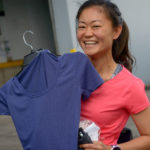
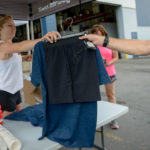
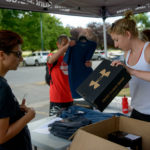


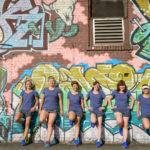
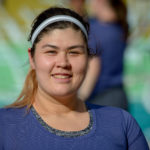




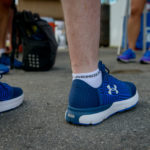


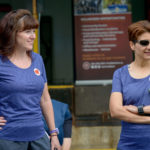




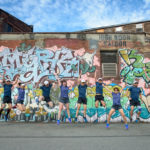
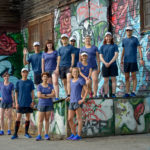

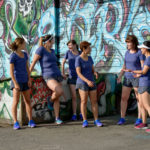
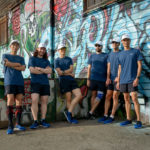

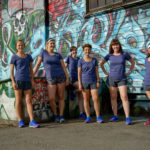





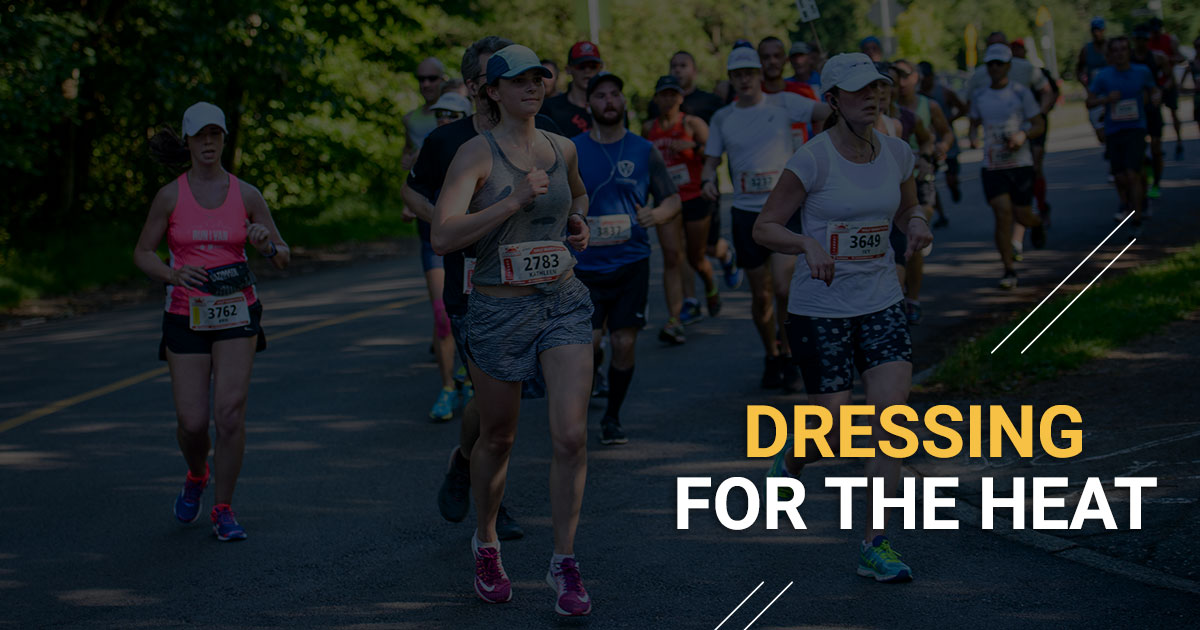
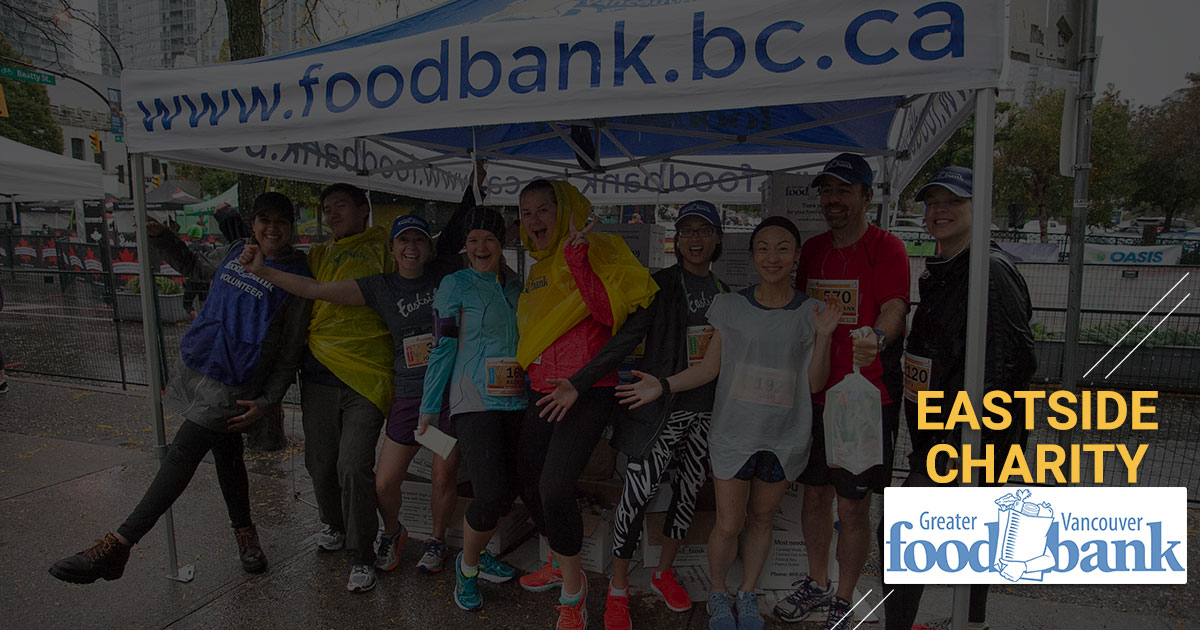
 It’s 5:30 a.m. Every Tuesday morning, Kat Perrara hops out of bed eager to see her friends at the Greater Vancouver Food Bank’s Southside Depot.
It’s 5:30 a.m. Every Tuesday morning, Kat Perrara hops out of bed eager to see her friends at the Greater Vancouver Food Bank’s Southside Depot.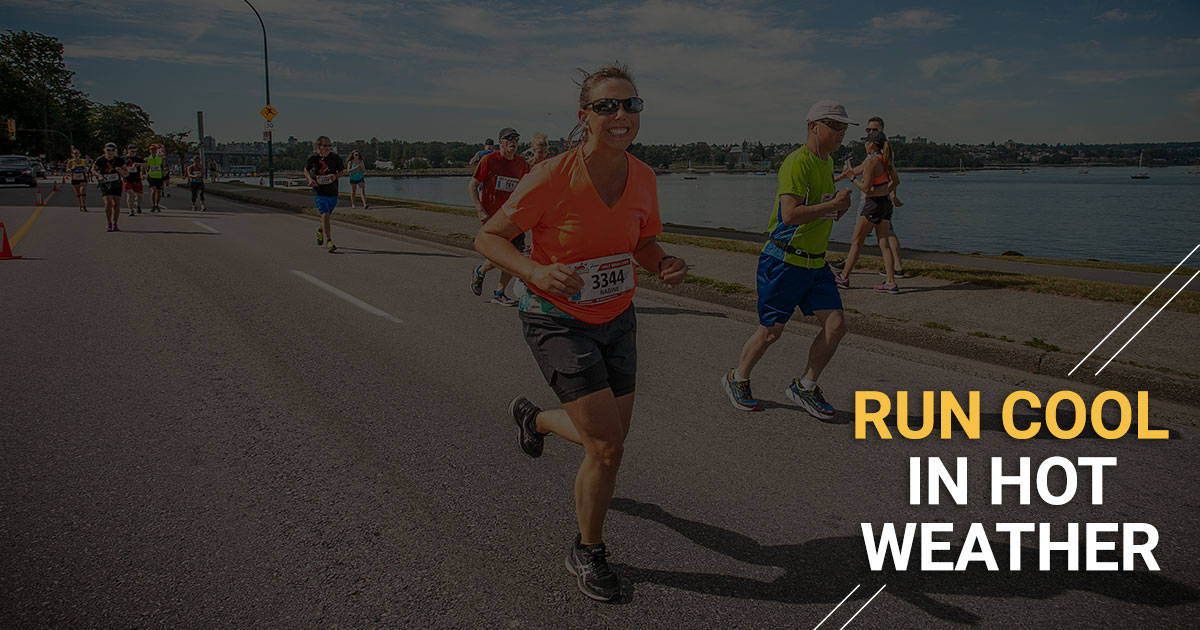
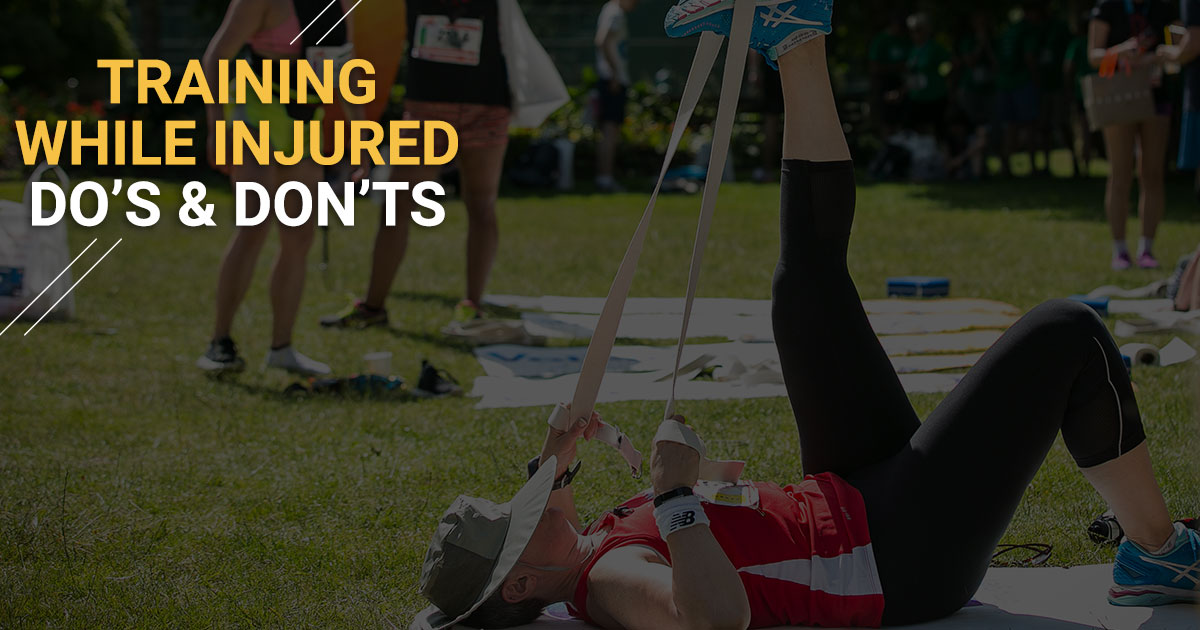
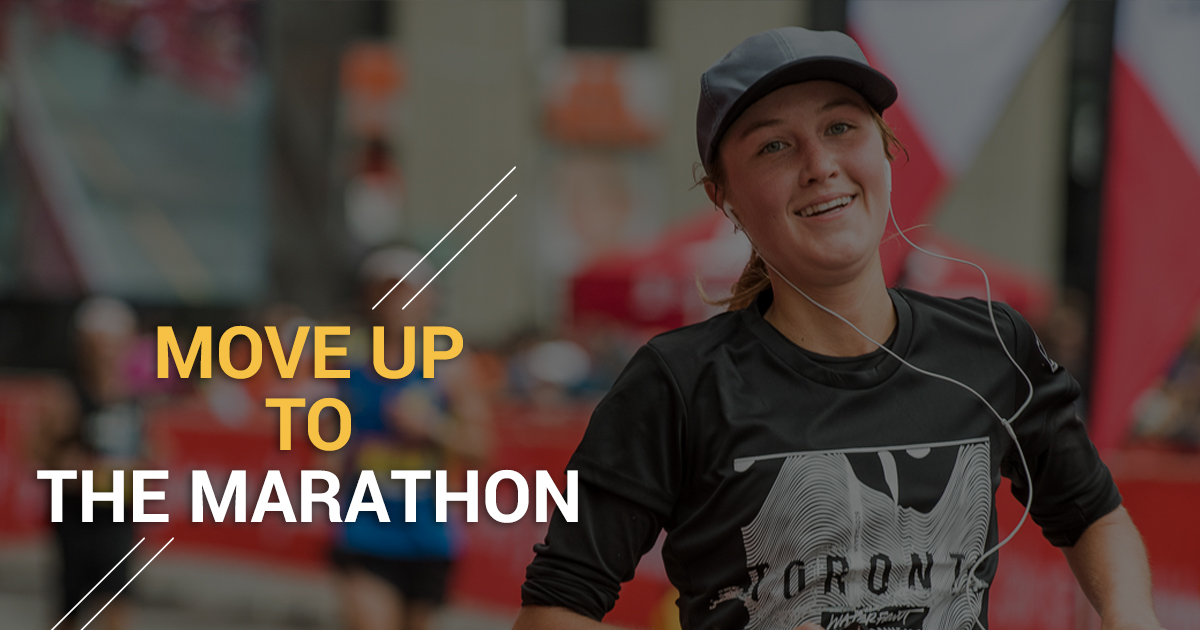
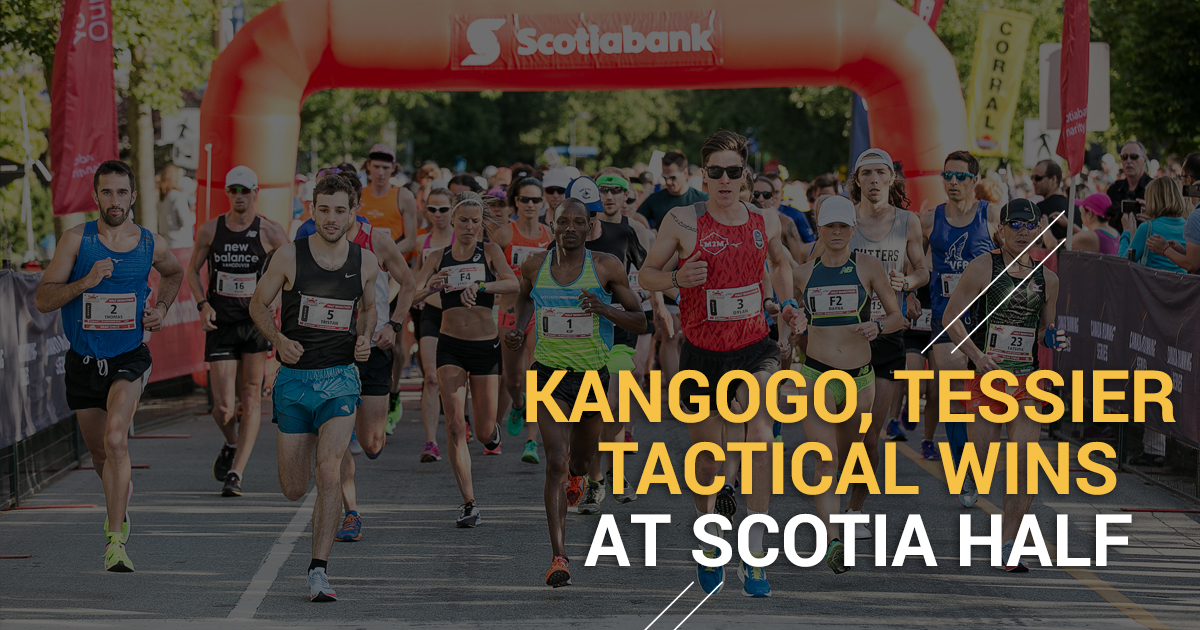
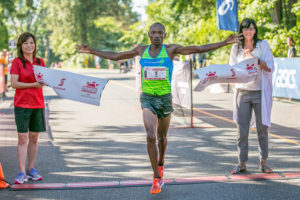 The summerlike conditions showed one of the world’s most-scenic half marathons at its best, but led to tactical races up front. It was 19c for the 7:30am start of the “Scotia Half” start at the University of British Columbia at 7:30am. A group of 4 immediately broke away from the field, led by Canada’s 2012 Olympic marathoner Dylan Wykes, with Kangogo, Lakefield, Ontario’s Thomas Toth and Tristan Woodfine from Guelph’s Speed River TFC tucked in behind. Two initial three-minute kilometres got rid of Woodfine who drifted back on tired legs, and the pace slowed to consistent 3:10s as Wykes kept things moving along. Toth, who had already put in over 200 kilometres this week as he prepares to represent Canada in the IAAF World Championships marathon in London in August, was gone by 8k (24:51). It then turned into a thoroughly absorbing cat and mouse contest between two wily veterans. Kangogo had already won the event an impressive 5 times, Wykes once in 2014 (with Kangogo 2nd). The pair continued down through Spanish Banks, Jericho Beach, Point Grey and into Kitsilano with Wykes doing all the leading, and Kangogo in his footsteps behind. 10k was passed in 30:47 and 15k in 46:33 before Kangogo moved out to test Wykes’ race fitness around Kits Point at 17k. At 18k, going onto the challenging uphill over Burrard Bridge, the Albertan made his signature, decisive move that has given him so many victories on the course and it was over quickly. “My training has been coming along really nicely,” Kangogo said. “I was happy with my preparation and I planned to make my move at 18k on the bridge. I had won the Canadian Half marathon Championships 3 weeks ago in Calgary and I was ready. I love this race and am glad to come back anytime.” Despite dropping off to finish 18 seconds back (65:53) Wykes was also pleased with his performance. After battling injuries for 4 years and starting a family, he ran a steady, controlled effort. “It’s great to be back racing,” he said. “Right now I’ve still only got one gear, but watch out for me in the Fall!” Toth crossed the line a distant third in 68:02, with Woodfine another minute back (69:03).
The summerlike conditions showed one of the world’s most-scenic half marathons at its best, but led to tactical races up front. It was 19c for the 7:30am start of the “Scotia Half” start at the University of British Columbia at 7:30am. A group of 4 immediately broke away from the field, led by Canada’s 2012 Olympic marathoner Dylan Wykes, with Kangogo, Lakefield, Ontario’s Thomas Toth and Tristan Woodfine from Guelph’s Speed River TFC tucked in behind. Two initial three-minute kilometres got rid of Woodfine who drifted back on tired legs, and the pace slowed to consistent 3:10s as Wykes kept things moving along. Toth, who had already put in over 200 kilometres this week as he prepares to represent Canada in the IAAF World Championships marathon in London in August, was gone by 8k (24:51). It then turned into a thoroughly absorbing cat and mouse contest between two wily veterans. Kangogo had already won the event an impressive 5 times, Wykes once in 2014 (with Kangogo 2nd). The pair continued down through Spanish Banks, Jericho Beach, Point Grey and into Kitsilano with Wykes doing all the leading, and Kangogo in his footsteps behind. 10k was passed in 30:47 and 15k in 46:33 before Kangogo moved out to test Wykes’ race fitness around Kits Point at 17k. At 18k, going onto the challenging uphill over Burrard Bridge, the Albertan made his signature, decisive move that has given him so many victories on the course and it was over quickly. “My training has been coming along really nicely,” Kangogo said. “I was happy with my preparation and I planned to make my move at 18k on the bridge. I had won the Canadian Half marathon Championships 3 weeks ago in Calgary and I was ready. I love this race and am glad to come back anytime.” Despite dropping off to finish 18 seconds back (65:53) Wykes was also pleased with his performance. After battling injuries for 4 years and starting a family, he ran a steady, controlled effort. “It’s great to be back racing,” he said. “Right now I’ve still only got one gear, but watch out for me in the Fall!” Toth crossed the line a distant third in 68:02, with Woodfine another minute back (69:03).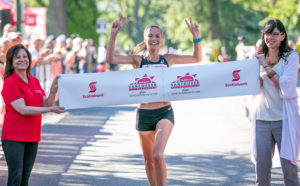 The women’s race produced a surprise winner in Lyndsay Tessier from Toronto’s Black Lungs club, ahead of strong pre-race favourite Dayna Pidhoresky (78:10) of Vancouver. Pidhoresky was coming off a breakthrough performance at the Scotiabank Ottawa Marathon just 4 weeks ago – a PB of 2:36:08 that also earned her a place on the Canadian team to the World Championships. “It was tough out there,” she said. “It was hot. The plan was to do a tempo workout and I thought that might be good enough to win today, but it wasn’t. Lyndsay really deserved to win. I’ve only had a couple of workouts since Ottawa, and I was worried if I pushed too hard it might set me back, and I’d miss some important training for London.” Pidhoresky got off to her typical quick start and was well clear at 3k which she passed in 10:02. But Tessier remained steady, gradually hauling her in. Tessier caught up around 8k, and the pair battled back and forth until 13k when Tessier made the move, to eventually win by over a minute. “Early on I just tried to keep the green shorts in sight,” said Tessier. “I’m not good on downhills, and Dayna got away from me on the downhill from 8k to 9k, but I caught up to her again by 10k. I do much better on the uphills and I moved away on the rise from Jericho at 13k. Burrard Street bridge was really a throat punch at the end but once I got over it I just held on.” Washington State’s Courtney Olsen was 3rd in 80:47.
The women’s race produced a surprise winner in Lyndsay Tessier from Toronto’s Black Lungs club, ahead of strong pre-race favourite Dayna Pidhoresky (78:10) of Vancouver. Pidhoresky was coming off a breakthrough performance at the Scotiabank Ottawa Marathon just 4 weeks ago – a PB of 2:36:08 that also earned her a place on the Canadian team to the World Championships. “It was tough out there,” she said. “It was hot. The plan was to do a tempo workout and I thought that might be good enough to win today, but it wasn’t. Lyndsay really deserved to win. I’ve only had a couple of workouts since Ottawa, and I was worried if I pushed too hard it might set me back, and I’d miss some important training for London.” Pidhoresky got off to her typical quick start and was well clear at 3k which she passed in 10:02. But Tessier remained steady, gradually hauling her in. Tessier caught up around 8k, and the pair battled back and forth until 13k when Tessier made the move, to eventually win by over a minute. “Early on I just tried to keep the green shorts in sight,” said Tessier. “I’m not good on downhills, and Dayna got away from me on the downhill from 8k to 9k, but I caught up to her again by 10k. I do much better on the uphills and I moved away on the rise from Jericho at 13k. Burrard Street bridge was really a throat punch at the end but once I got over it I just held on.” Washington State’s Courtney Olsen was 3rd in 80:47.